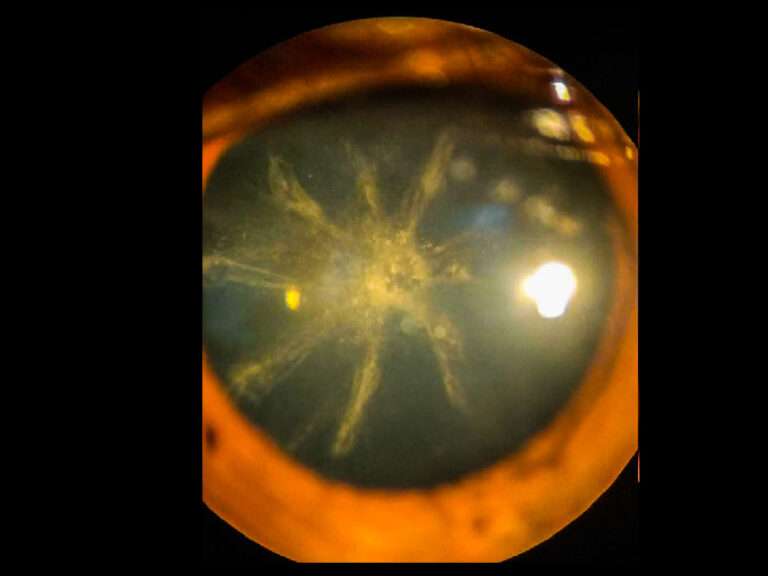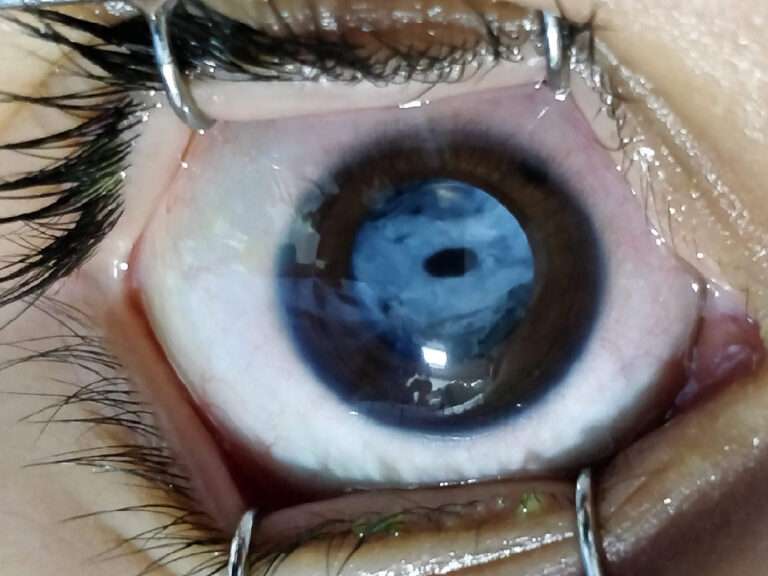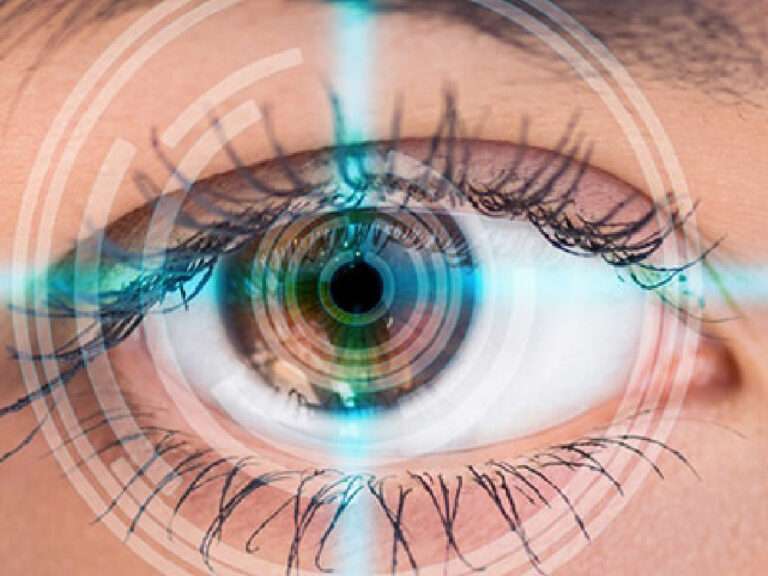
Cataract
Q. What is the meaning of cataract?
A. Generally, cataract occurs when the lens loses its transparency with age, such as graying of hair with age or usually around the age of 50 years.
Q. Can a child or a young adult also have a cataract?
A.Yes, cataract in children can be present from birth or in young adults, due to various reasons like injury to the eyes or excess use of steroids, etc.
Q. What is the treatment for cataract?
A. Cataract generally progresses with age. There are many indigenous or foreign medicines in the market that say, cataract is cured by applying them, which is a sham. Surgery is the only successful treatment for cataracts.
Q. When should a cataract operation be done?
A. When the patient sees so little that it becomes difficult to do daily work, then it should be operated.
Q. What is the difference between cataract and glaucoma?
A. Cataract is a disease (normal change) with age whereas glaucoma is more likely to occur after 40 years of age. Redness, watering, and pain are common in glaucoma, but in cataract, the eyesight gradually decreases and there is no pain or redness. Eyesight comes back after a cataract, but the vision that is lost in glaucoma doesn’t come back. Therefore, glaucoma is said to be more dangerous.
Q. How is cataract surgery performed?
A.The cataract operation is performed initially by numbing the eye and making a small incision. After this, we remove the natural lens that has lost its transparency and replace it with an artificial lens.
Q. Is it necessary to implant an artificial lens for cataract?
A. Yes, if the lens is not implanted inside the eyes after the cataract operation, then the patient will have to wear thick glasses around the number 10, and without these glasses, the operated eye won’t be able to see anything. After the lens is installed, the patient can do daily work without glasses.
Q. Does the patient have to wear spectacles even after the lens is implanted in the cataract operation?
A. Yes, usually glasses are needed only for reading, writing, or for fine distance work in those patients who get an artificial lens with only a distance number (Unifocal). But artificial lenses that have both near and far (multifocal) numbers, those patients do not need glasses.
Q.What is the difference between stitches and no stitches operation?
A. The operation is performed through a self-closing incision without stitches. It protects the eye from the excessive watering which happens due to the pricking sensation of stitches and also there is no need to remove these stitches.
Q. How can the operation be done without stitches?
A. Small incision cataract surgery (SICS) can be done without stitches, or with a phacoemulsification machine (robotic machine). Nowadays, this operation can be done even without injection.
Q. What is Phacoemulsification?
A. With the help of an ultrasonic robotic machine we melt/emulsify the natural lens inside the eye and absorb the emulsified lens with the same probe. Following this, we implant another transparent artificial lens into the eye, from which the patient can see immediately.
Q. What are the complications associated with the cataract operation?
A. In the cataract operation, if the posterior membrane is torn, it becomes difficult to insert the lens. If the eye gets infected, then the eyesight can also be lost. Generally, the advanced procedure and precautions during the operation reduce the rate of problems to almost negligible.
Q. Can cataracts be removed with a laser?
A. Yes, the initial steps of the operation can be done with a laser including lens melting. The rest of the lens removal and implantation of the lens is done by the Phacoemulsification machine (robotic machine) itself.
After several years, the membrane on which the lens is implanted may become thick in rare cases, this membrane can be easily removed with a laser.







